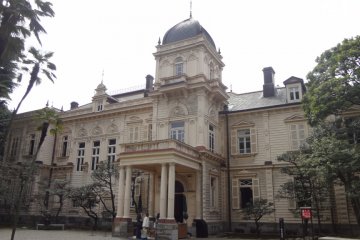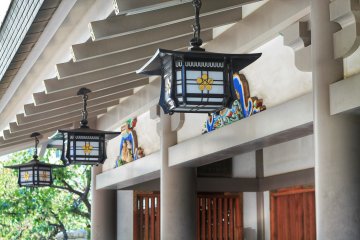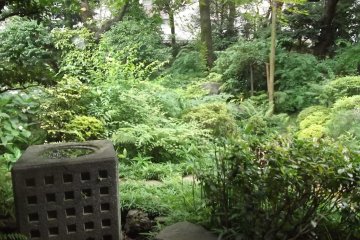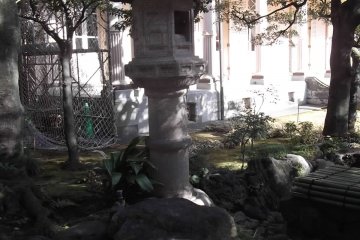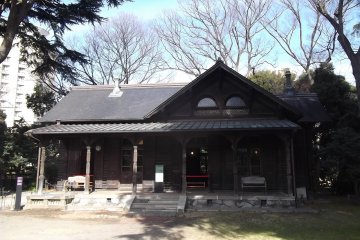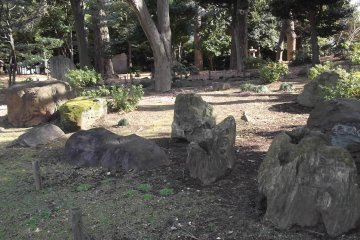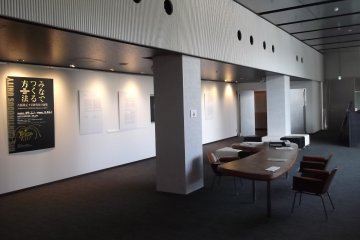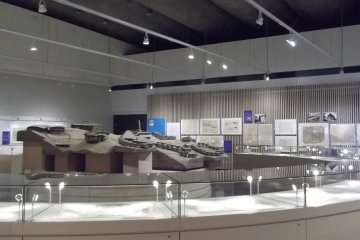Completed in 1896, Kyu-Iwasaki-Tei Gardens was the residence of Iwasaki Hisaya, third President of Mitsubishi. It was the first place to have Japanese and western-style residences side by side, with a spacious garden around that's also home to a billiard room, a sign of his lifestyle. Designated as Important Cultural Properties, these residences are beautiful and fascinating places to walk around, both for their aesthetic appeal and for the insight they provide into the age.
You enter through the western residence, designed by British architect Josiah Conder, who also designed St Nikolai Cathedral in Kanda. It's a sumptuous, lavishly decorated building, with a tiled verandah and wooden paneling, eclectic touches like classical columns and Islamic motifs, guest rooms with Japanese leather paper on the walls and embroidered silk cloth on the ceilings. It really let me feel how that time must have been, when newly enriched captains of industry could indulge freely in still-novel western-style luxury.
The Japanese residence is much less extravagant, of course, but in its understated way it's no less beautiful. There are delicate paintings of seasonal scenery, screen doors decorated with diamond motifs taken from the Iwasaki family crest, intricate carvings and design touches throughout. I found it interesting that while the western residence was used for functions and to accommodate guests, the family and staff all actually lived in the Japanese buildings.
Both buildings look out onto the garden, a spacious lawn lined on one side with plenty of trees. The lawn must have been fun for the Iwasaki children to run around on, while among the trees you'll find more traditional Japanese features: stone lanterns, a pagoda, a rock garden.
Also in the garden is the billiard room, a completely wooden building in the style of a Swiss mountain lodge. Visitors can't enter but can peer inside, admiring the wallpaper and looking for the entrance to the underground passage, presumably built so that the gentlemen could still play on rainy days.
If you go on a weekday, your ticket also gets you admission to the neighbouring National Archives of Modern Architecture, appropriately housed in a sleek, minimal building. The archive room holds regularly changing exhibitions related to architecture in Japan: the documents are only in Japanese, of course, but the dioramas, models and other artifacts can be interesting to look at.
The garden and residence are open daily from 9:00am to 5:00pm, closing only for the New Year's holiday from 29th December to 1st January. Admission costs ¥400 for adults, ¥200 for senior citizens (65 or over); it's free for elementary school students or younger, for junior high school students resident in Tokyo, and for everyone on 4th May (Green Day) and 1st October (Tokyo Citizens' Day).
There's no parking available: the entrance is three minutes' walk from exit 1 of Yushima station on the Chiyoda subway line, ten minutes from Ueno-Hirokoji on the Ginza line or Ueno-Okachimachi on the Toei Oedo line, or fifteen minutes from JR Okachimachi, the nearest JR station.



